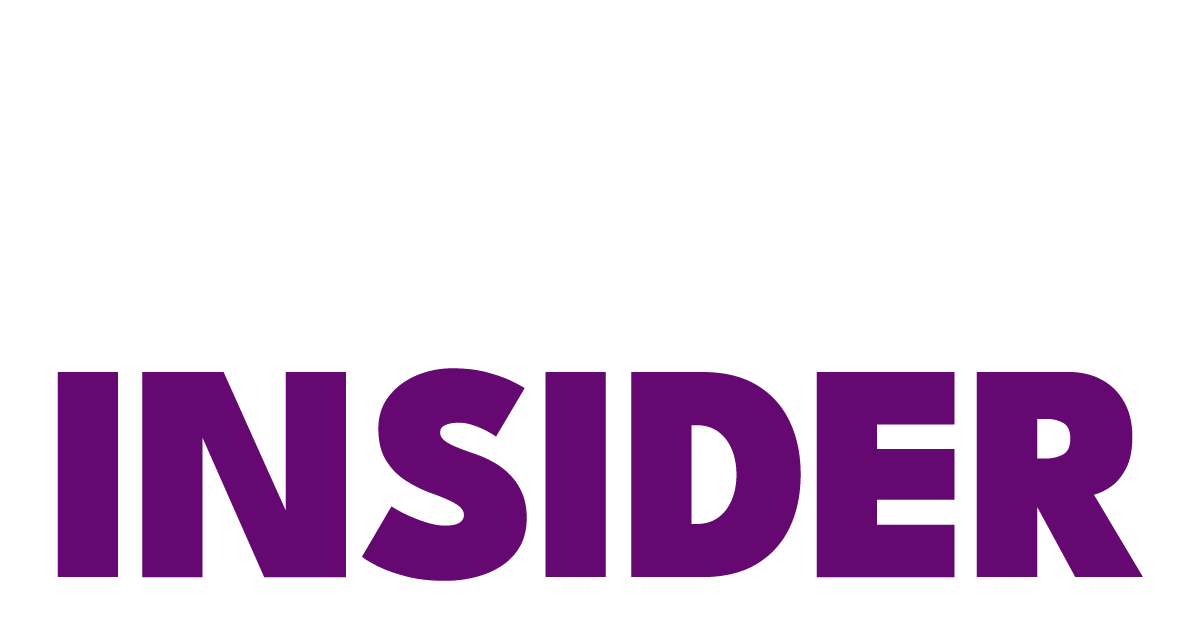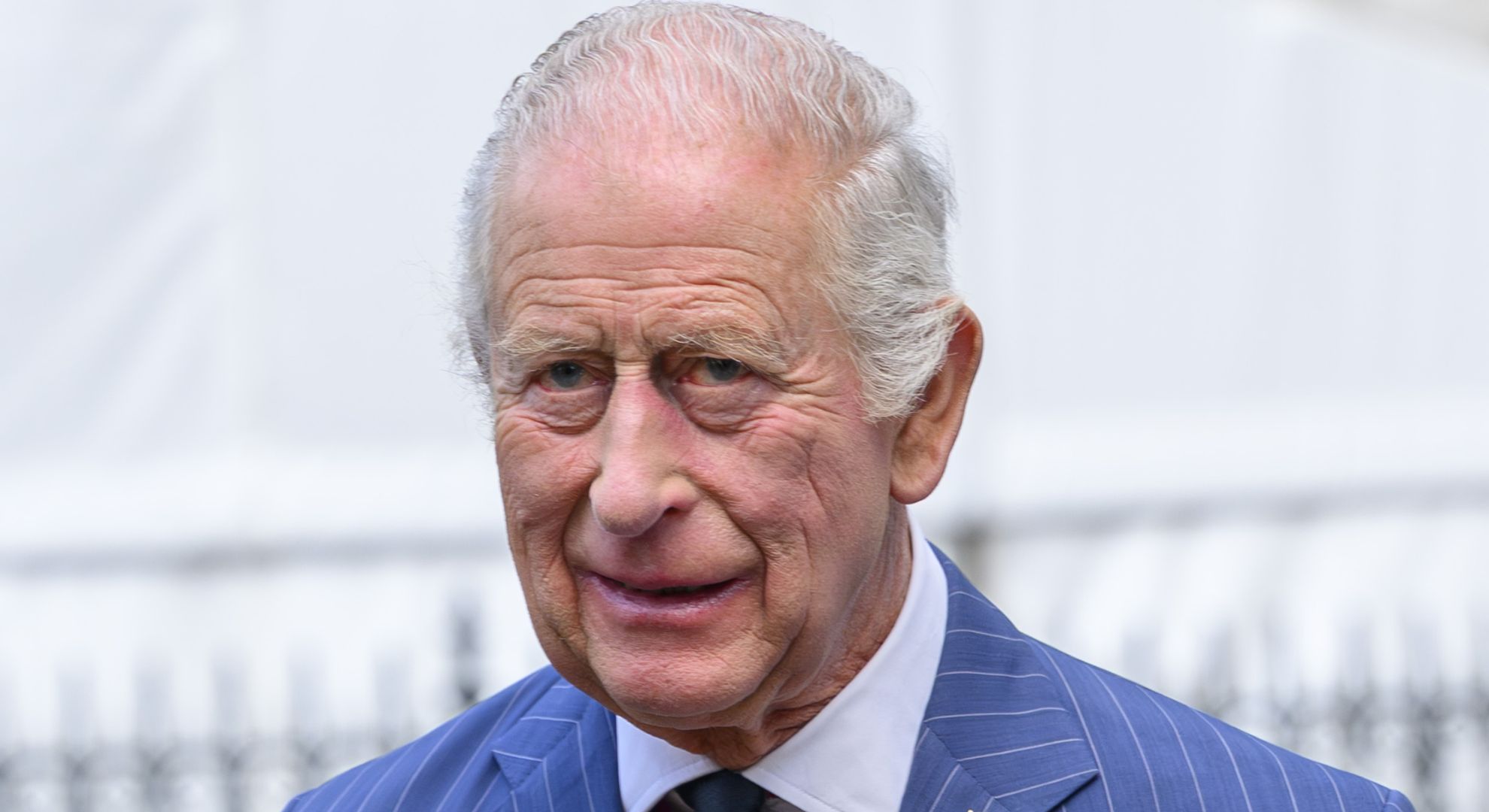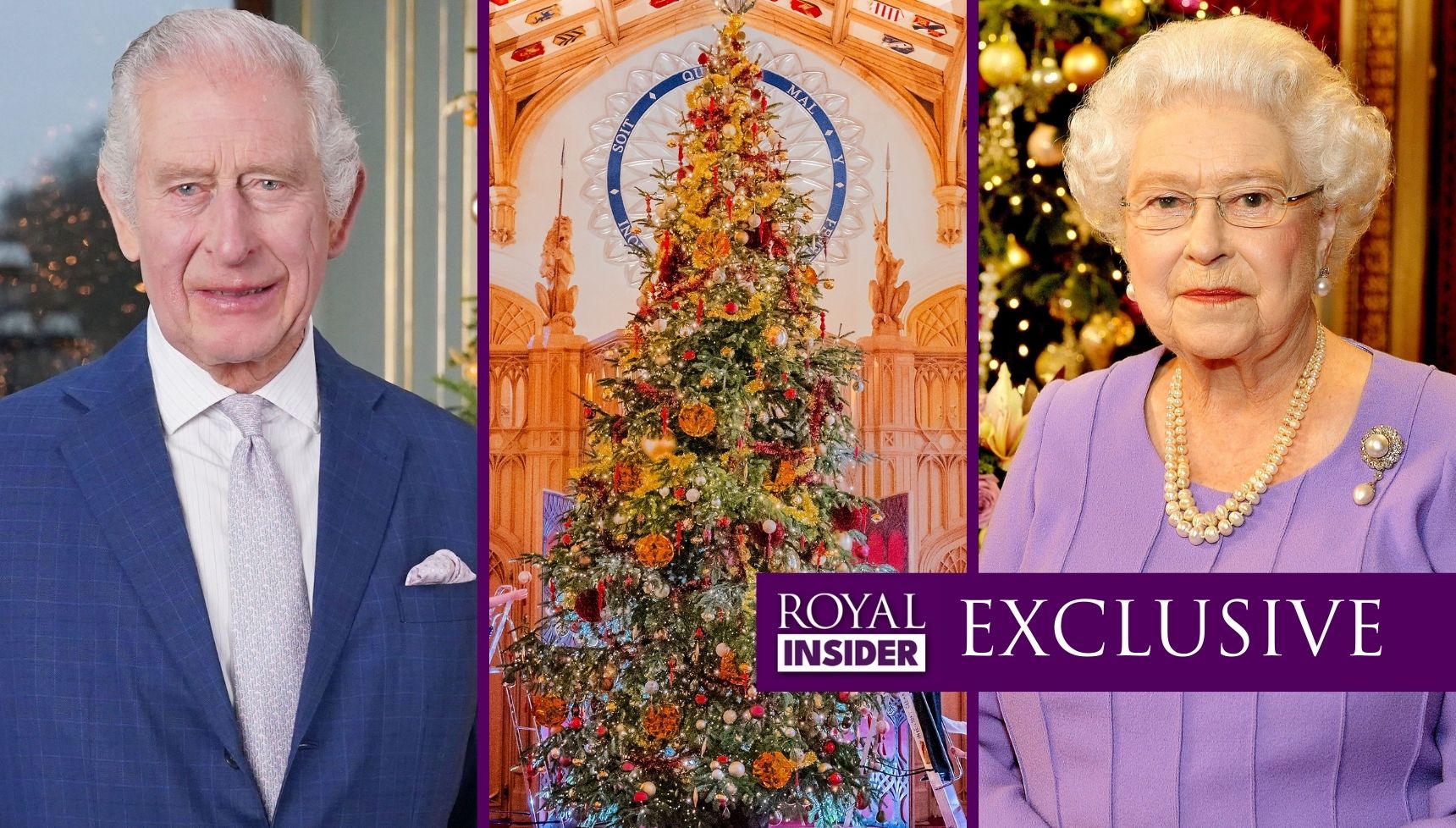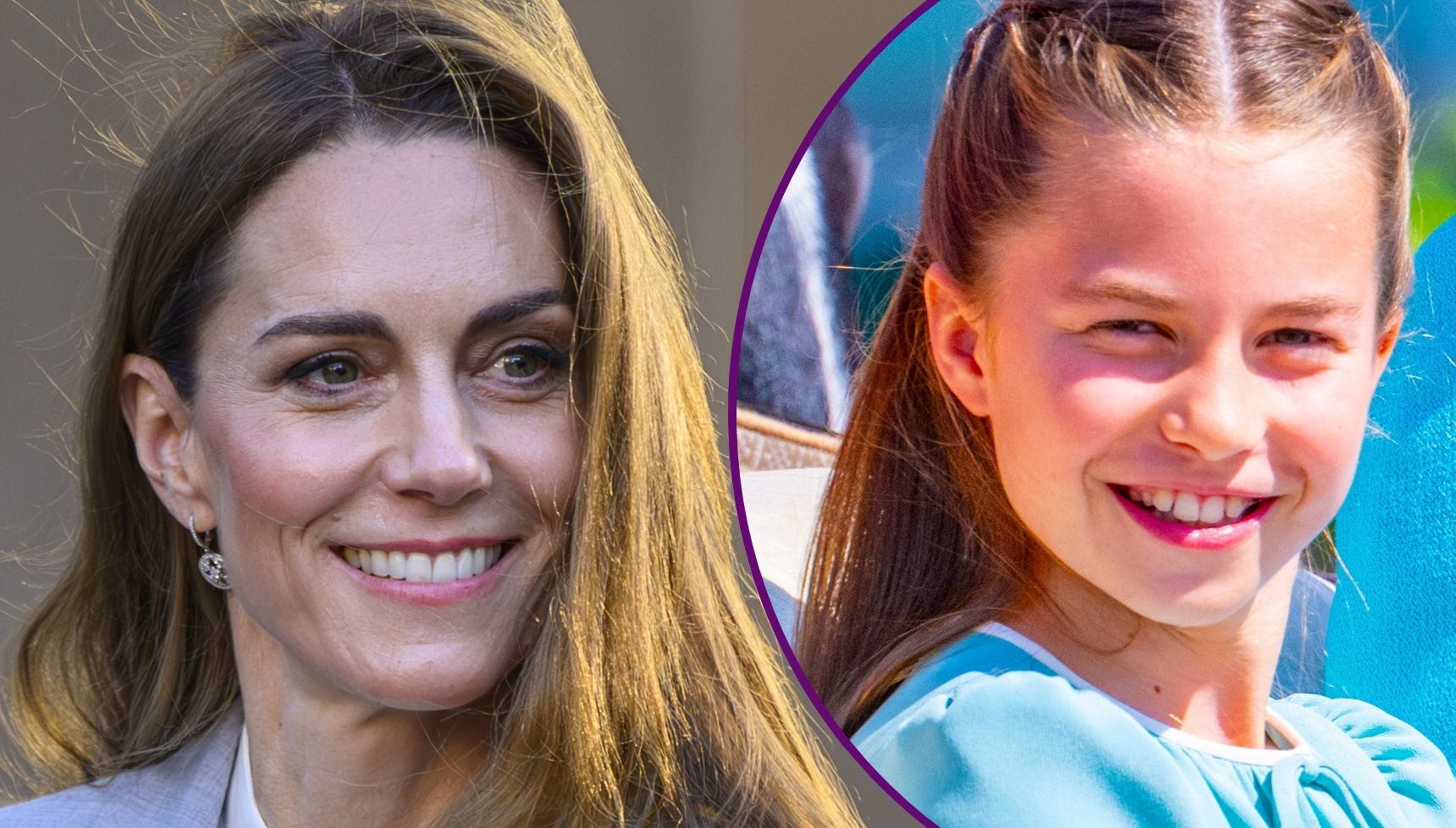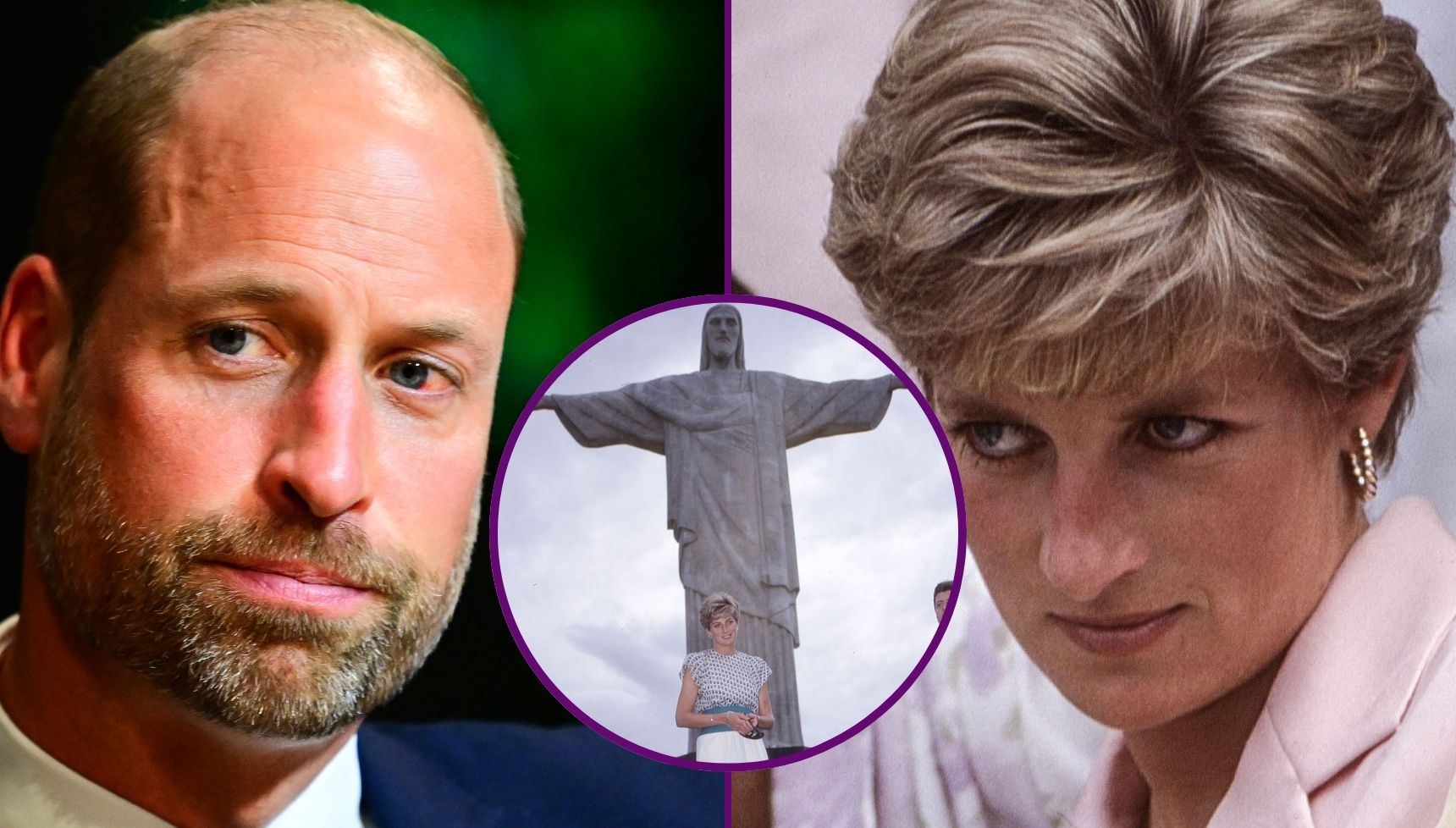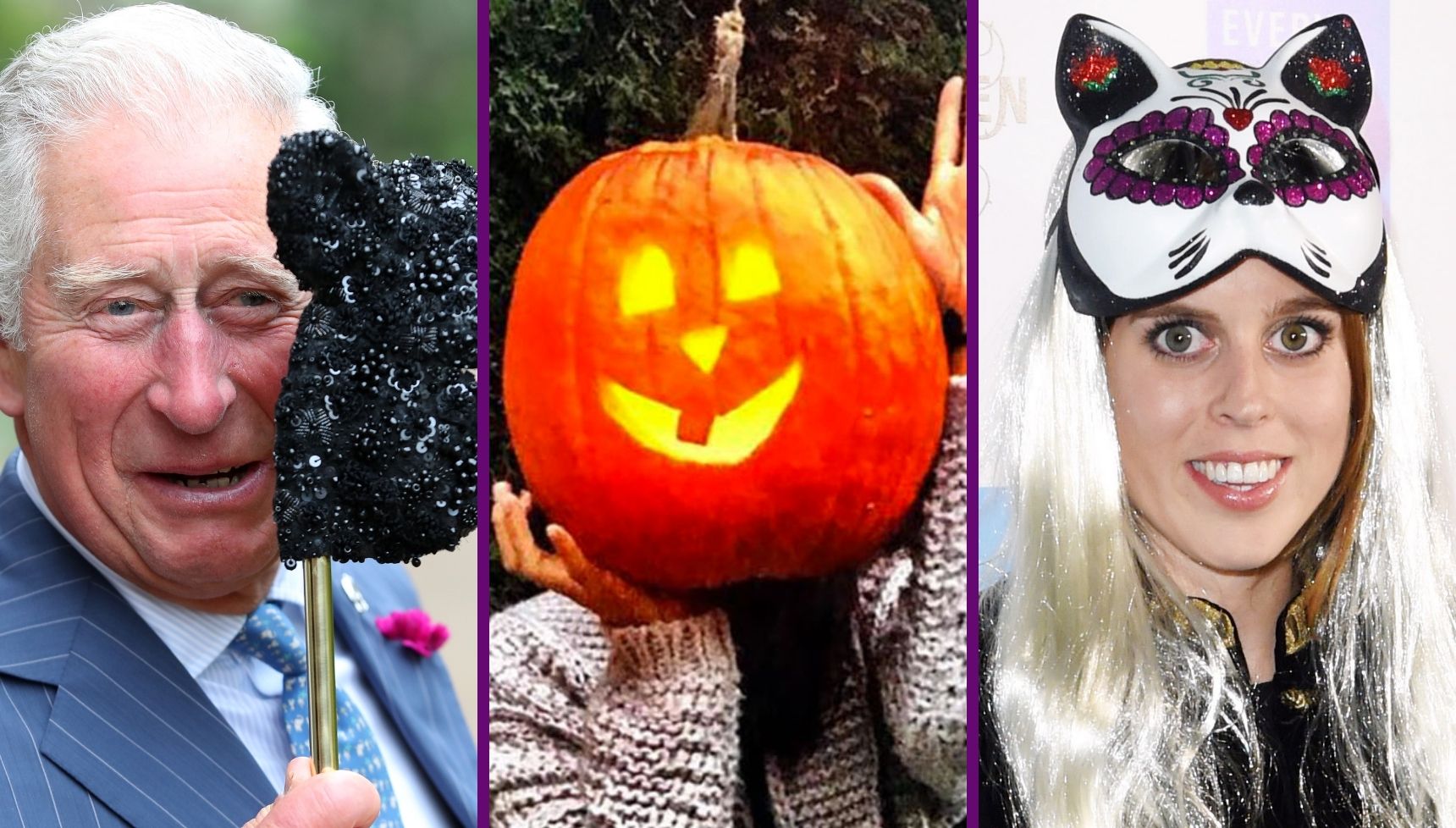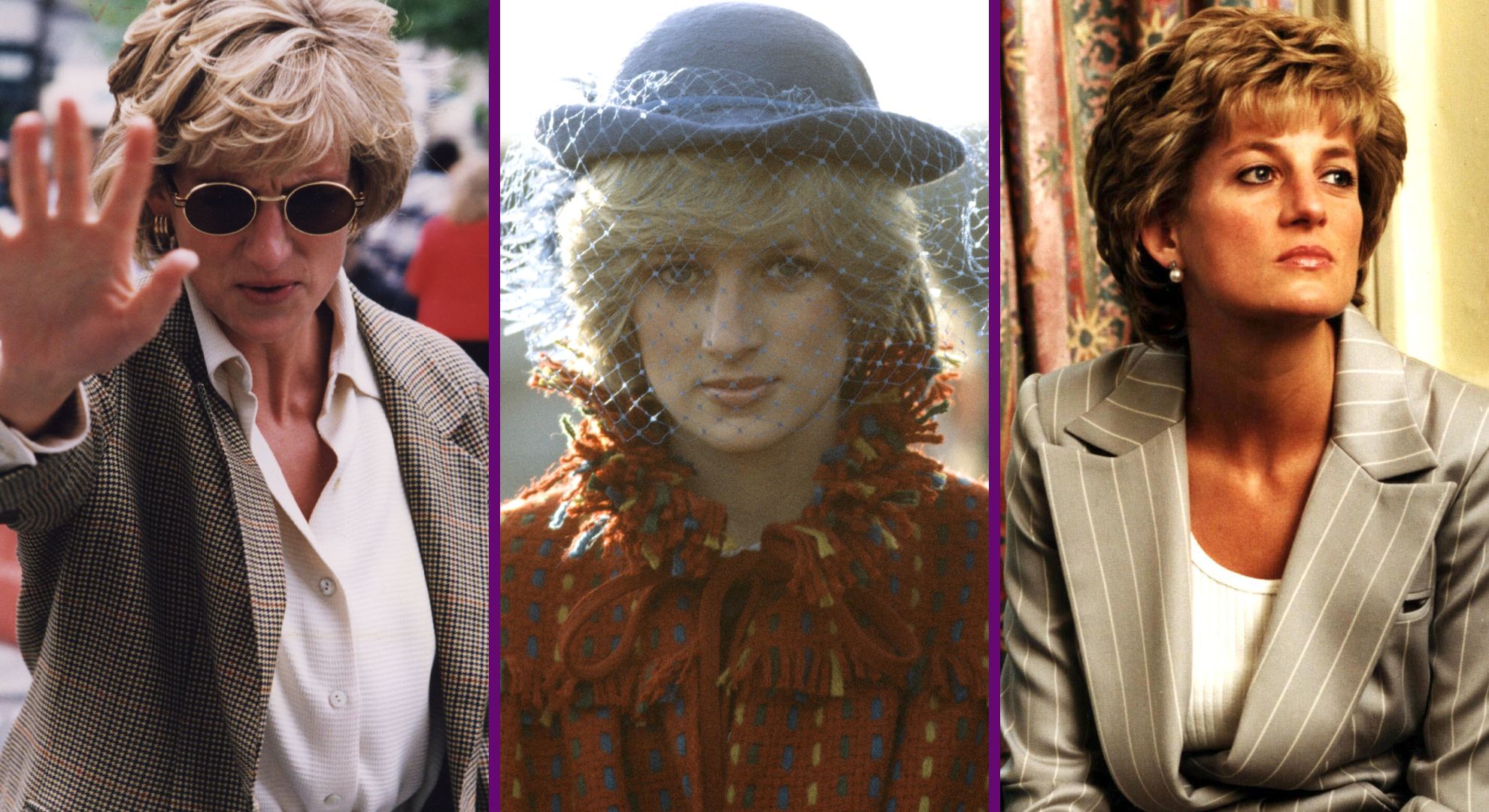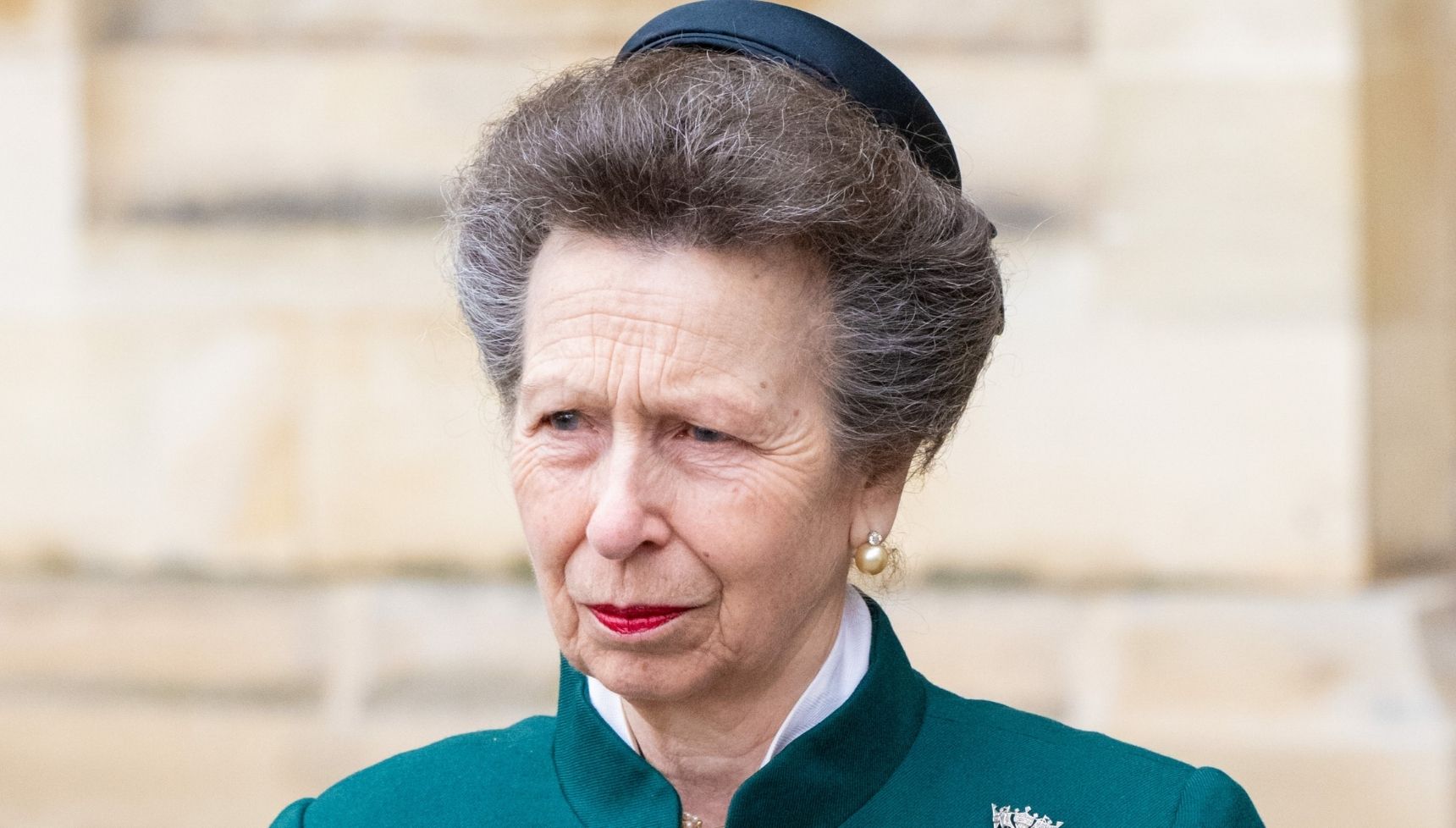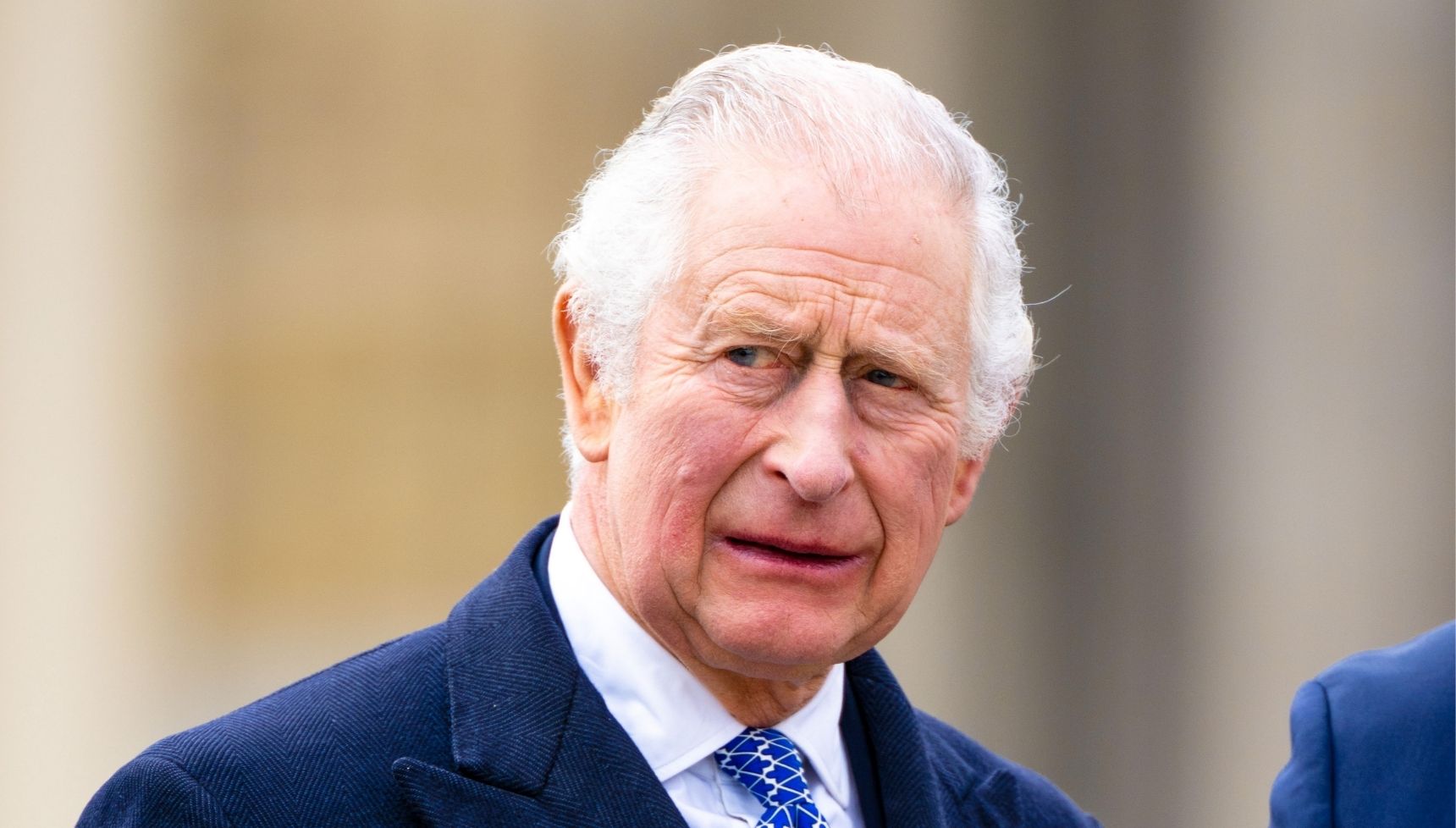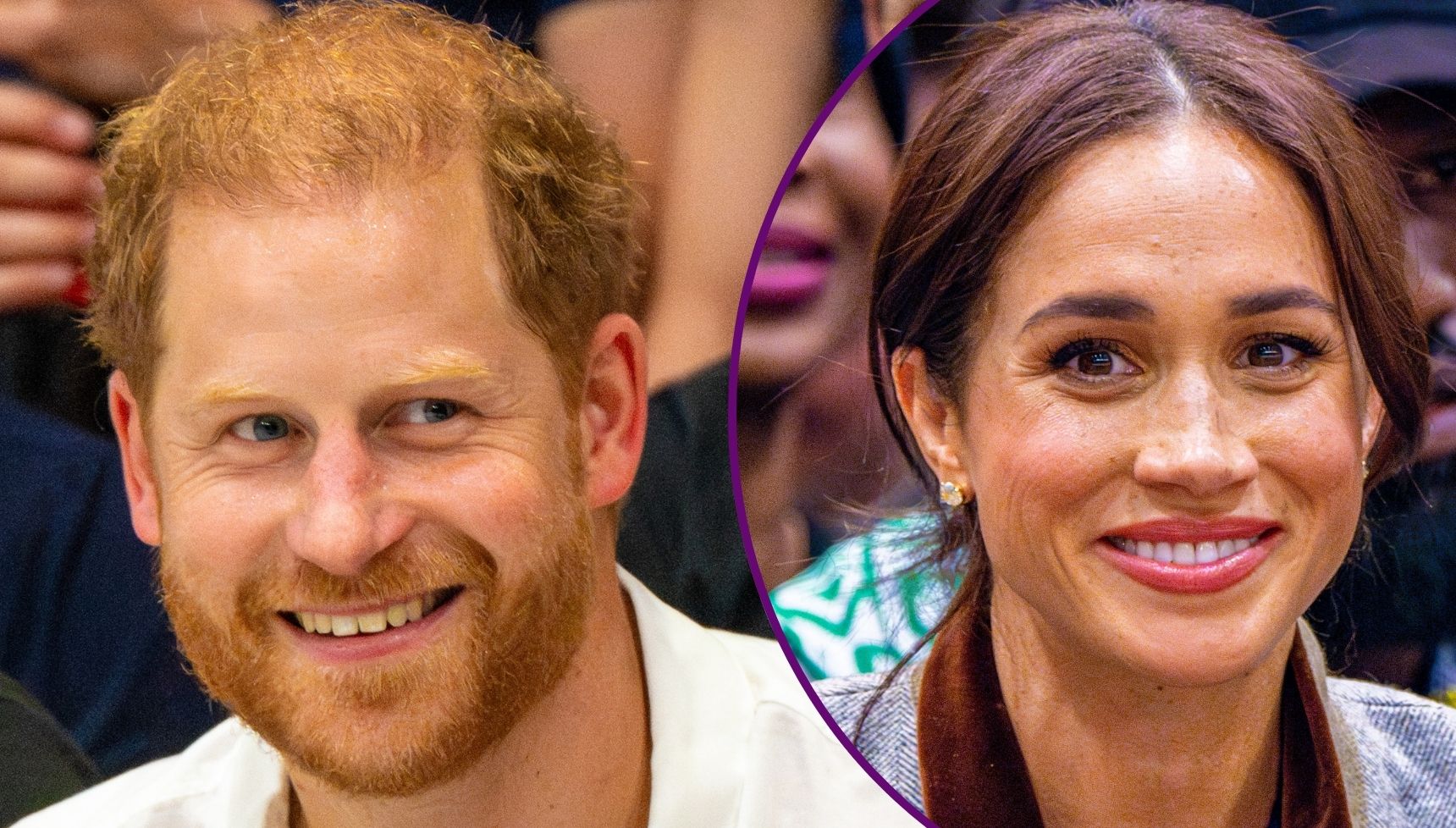King Charles' special link to Transylvania in Romania where he has visited 'for over 25 years'
The king’s connection to Romania runs surprisingly deep

For more than 25 years, King Charles has made an unlikely pilgrimage away from the palaces of Britain to the wildflower meadows and painted villages of Transylvania in Romania.
His bond with rural Romania runs deep, through its traditions, its natural beauty, and even his own family tree.

Does King Charles have property in Transylvania?
Yes, and not just one.
The monarch, 76, owns properties in Transylvania, including a seven-bedroom guesthouse in Zalanpatak and a farmhouse in Viscri, which was rebranded as the King’s House and reopened in 2022 as a museum and cultural hub.
The king first fell in love with the region in 1998, during a difficult period after the death of Princess Diana.
Since then, he has returned almost every year.
“I have come to love Romania,” Charles gushed during his 2023 visit. He described the country’s forests, sustainable farming, and biodiversity as “an incomparable richness of Nature”.
His retreats are simple: no WiFi or television, just wooden box beds, a 17th-century stove, and the sound of crickets outside.
Guests at his properties, when the king is not in residence, can pay around $200 (£146) per night to stay, with activities ranging from bear-watching to baking traditional chimney cakes.
I have come to love Romania.
Count Tibor Kálnoky, a distant relative and longtime friend of Charles who helped him find the properties, told the Washington Post: “The fact that he’s been coming for over 25 years now is speaking for itself. He finds many of those things that he has been – now, I don’t want to use the word ‘preaching,’ yes – but all his convictions that he is trying to convey and fight for, he finds here.”
Locals credit Charles with boosting the economy and drawing global attention to their villages.
Caroline Fernolend, president of the Mihai Eminescu Trust, explained that Charles financed much of a £345,000 (€400,000) ecological sewage system in Viscri.
“It was the first ecological sewage system in Romania,” she said proudly.

Is King Charles a descendant of Count Dracula?
The king often jokes that he has a “stake” in Romania, and it’s more than just a clever pun. Charles is actually a direct descendant of Vlad the Impaler, the ruthless 15th-century ruler whose brutal methods inspired Bram Stoker’s Dracula.
Vlad III, known for impaling his enemies and leaving fields of corpses behind, ruled Wallachia several times in the mid-1400s. Historians estimate he may have killed up to 100,000 people. He was nicknamed “Dracula”, derived from his father’s title Dracul, meaning son of the dragon, or, in some translations, devil.
Charles is Vlad’s great-grandson, 16 times removed, through Queen Mary, the wife of King George V. He first discovered this lineage in 1998 and has since embraced the unlikely connection.
Actor Luke Evans recalled meeting Charles while promoting his 2014 film Dracula Untold.
“His eyes lit up. To my astonishment, he then proceeded to talk me through his entire lineage, all the way back to the 1400s,” Evans said. “He told me he now owns a number of properties in Romania, where Vlad was ruler.”
For Charles, Transylvania is more than a holiday spot; it’s a sanctuary.
“In Romania, in contrast to Britain, he runs into little opposition and enjoys a great deal of appreciation,” biographer Catherine Mayer noted.
During his last stay in 2023, Charles invited the entire village of Zalanpatak for a picnic, turning up with jars of Marmite while locals brought cheese and plum brandy. In Transylvania, Charles is not just a king, but a neighbour.
Read more: Inside King Charles’ dark family tree and how he’s related to real-life ‘Dracula’ Vlad the Impaler
What do you think of this story? Leave us a comment on our Facebook page.
